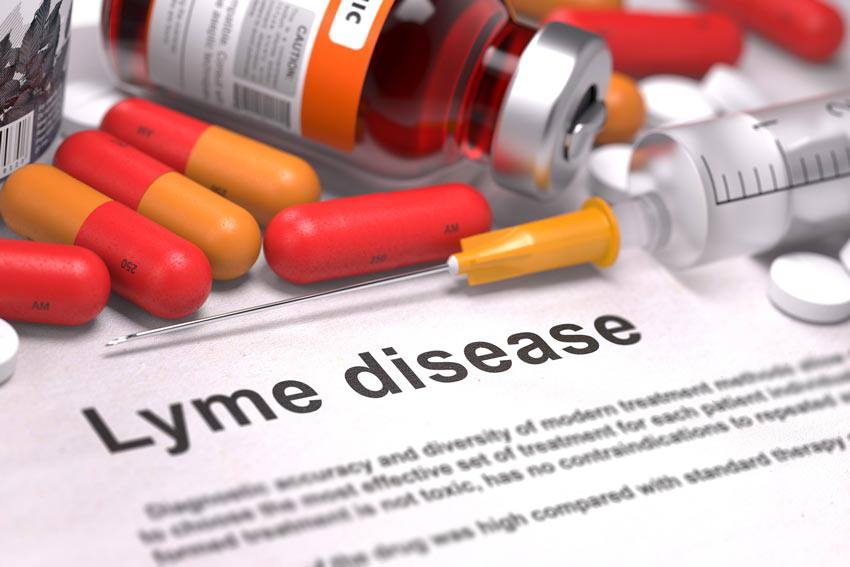Why travellers prefer Blue Cross
- Canada's #1 travel insurance brand and recognized worldwide
- Over 75 years of expertise in insurance
- $5 million travel insurance coverage, with or without deductible
- Flexible and affordable travel insurance solutions
- Free quote available online
- Travel assistance available 24/7 for any emergency, anywhere you travel

What you need to know about the prevention and treatment of Lyme disease
Published on: May 1, 2016
We hear a lot about Lyme disease in Ontario. It is a more serious illness than many people realize, and it should be taken more seriously. The truth is that most of us are unsure what Lyme disease is, exactly, and how it can impact our lives. We know that we can get it from a tick bite, and it is most commonly contracted in wooded areas or while camping.
What is Lyme disease?
Lyme disease is an infection commonly caused by the bite of a deer tick (also known as a black-legged tick) that is carrying the Borrelia burgdorferi bacteria. The disease can impact your health and that of your pets.
You are at increased risk of contracting Lyme disease if you work or live in, or travel to areas that are favourable to ticks. While not all deer ticks carry the disease, the population of these ticks is growing. They are more common in rural areas, but they occur in most of Canada, so don’t be fooled into thinking that you can’t get infected in urban areas too. The Canadian Lyme Foundation of Canada dispels this and other myths about the disease.
Symptoms
One of the tricky things about Lyme disease is that symptoms vary from person to person, making it difficult to diagnose.
“Initial symptoms differ from person to person, which makes Lyme disease very difficult to diagnose. Some people may have no symptoms at all. Others may suffer severe symptoms, but not for weeks after the bite, therefore may not associate the illness with the bite. The sooner you get treatment, the sooner you can begin your recovery,” says the Government of Canada.
Some common signs of Lyme disease include:
- Fatigue
- Fever or chills
- Muscle or joint pain
- Headache
- Weakness or spasms
- Skin rash
- Numbness
- Swollen lymph nodes
- Abnormal heartbeat
- Dizziness
“Left untreated, symptoms can last months to years. They can include chronic arthritis (muscle and joint pain), nervous system and/or neurological problems. Symptoms can also include numbness and/or paralysis (unable to move parts of the body). Although very uncommon, deaths have been known to occur,” says Chris Jancelewicz in theloop.ca.
A classic sign of Lyme disease is the bull’s eye rash. Although this is a tell-tale symptom, only about 9% of individuals with the disease will experience the rash.
How to prevent tick bites
It’s possible to get a tick bite without even knowing it, so take the following precautions when you’re outdoors golfing, hunting, hiking, camping or engaging in other outdoor activities:
- Wear light-coloured clothing to make it easier to spot ticks
- Use insect repellent
- Wear closed-toe shoes
- Wear long pants and a long-sleeved shirt
- Shower within a few hours of being outdoors, especially in areas where ticks are common
- Stay out of long grass and bushy areas
- Check for ticks often; a full body check on a daily basis is recommended
Make sure to also check your pets and take them to the vet if they have been bitten by a tick or display signs of Lyme disease.
Treatment for Lyme disease
In most cases, two to four weeks of antibiotics is an effective form of treatment. Depending on the severity, you may need to stay on antibiotics for a longer period of time.
If you find a tick on your skin, remove it as quickly and completely as possible to help prevent infection. If you have been bitten or experience symptoms of Lyme disease, see your doctor right away. The earlier you see your doctor, the easier the disease will be to diagnose and treat.